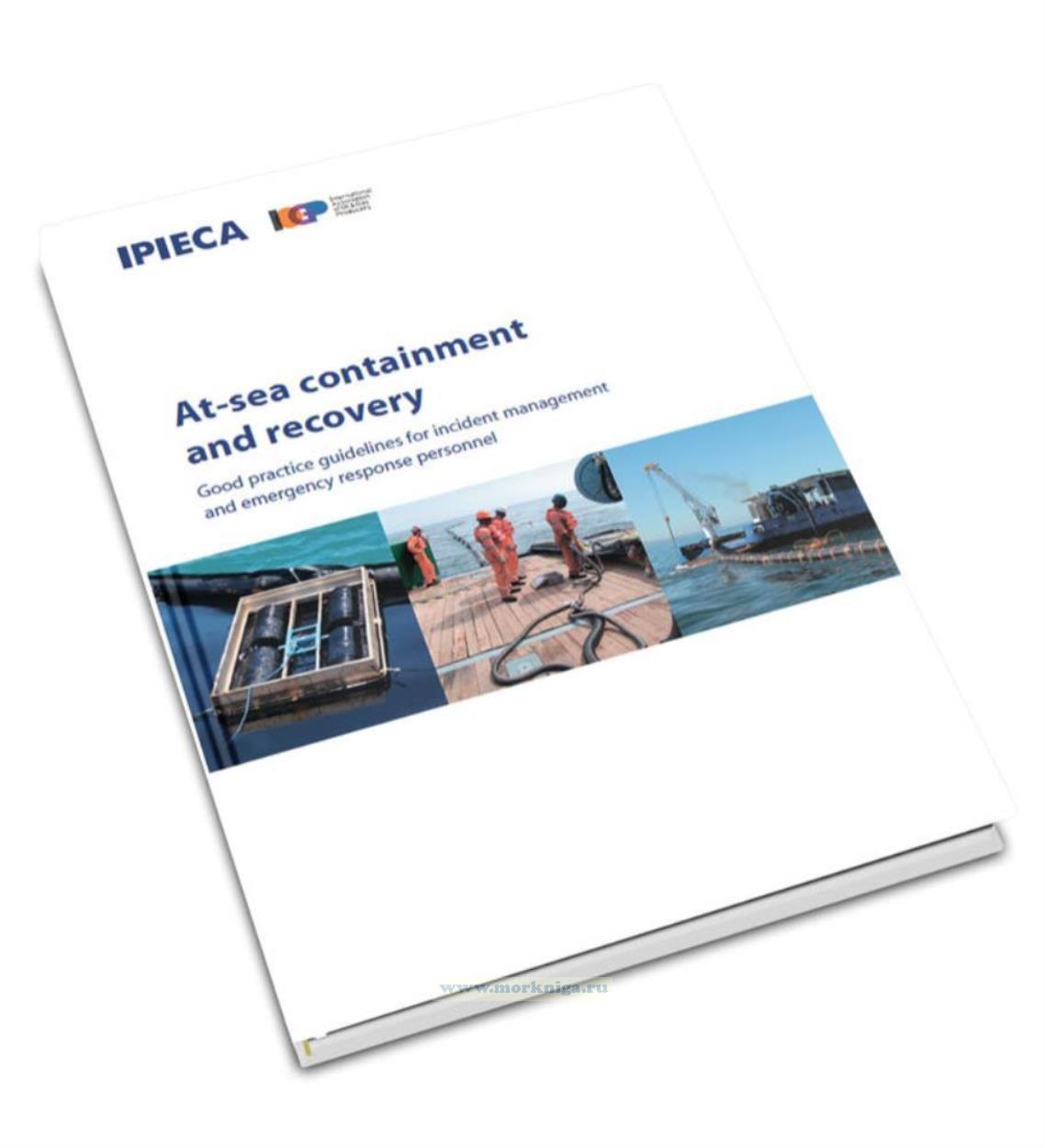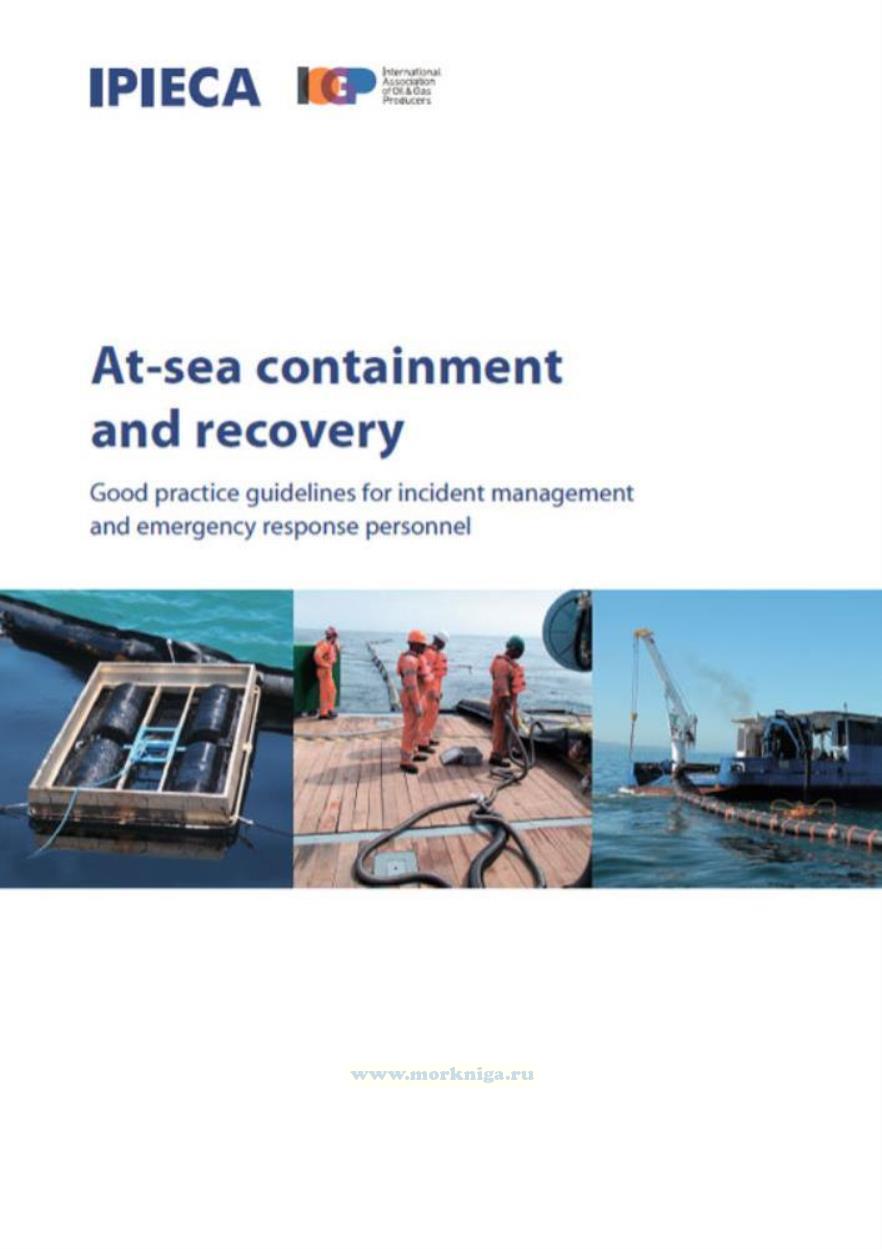At-sea containment and recovery (IPIECA - IOGP)/Сдерживание и восстановление в море
Книга на английском языке
This publication is part of the IPIECA-IOGP Good Practice Guide Series which summarizes current views on good practice for a range of oil spill preparedness and response topics. The series aims to help align industry practices and activities, inform stakeholders, and serve as a communication tool to promote awareness and education.
Contents
Preface
Introduction
Overview
Containment booms
Boom configuration
Encounter rate
Daily recovery rate
Recovery components
Waste considerations
Supporting resources and logistics considerations
Containment and recovery methodologies
Vessels and towing configurations
The ‘J’ configuration
The ‘U’ configuration
The ‘V’ configuration
Single vessel side-sweep system
Single vessel system using a paravane
Enhanced containment method
Managing containment and recovery operations
Simultaneous operations (SIMOPS)
At-sea containment and recovery efficiency
Challenges
Oil behaviour and the ‘window of opportunity’
Evaporation
Spreading
Fragmenting
Emulsification
Natural dispersion
What does this mean for containment and recovery operations?
Environmental considerations
Operational limitations
Types and causes of boom failure
Current and entrainment failure
Drainage failure
Splash-over failure
Boom damage
Other limitations
Technological advances
Response resources
Vessels
Containment booms
Recovery devices
Waste storage
Ancillary equipment
Personnel
Tracking and surveillance
Aerial support
Vessel-mounted spill detection technologies
Safety
Environmental hazards
Gas monitoring
Risk assessment
Preparedness measures
Drills, training and exercising
Command and control
Communications
Incident management for containment and recovery
Realities of containment and recovery - a case history
The Montara spill incident, 2009
Conclusions
List of acronyms
References and further reading
Acknowledgements

